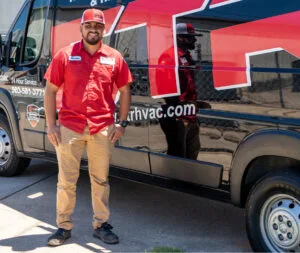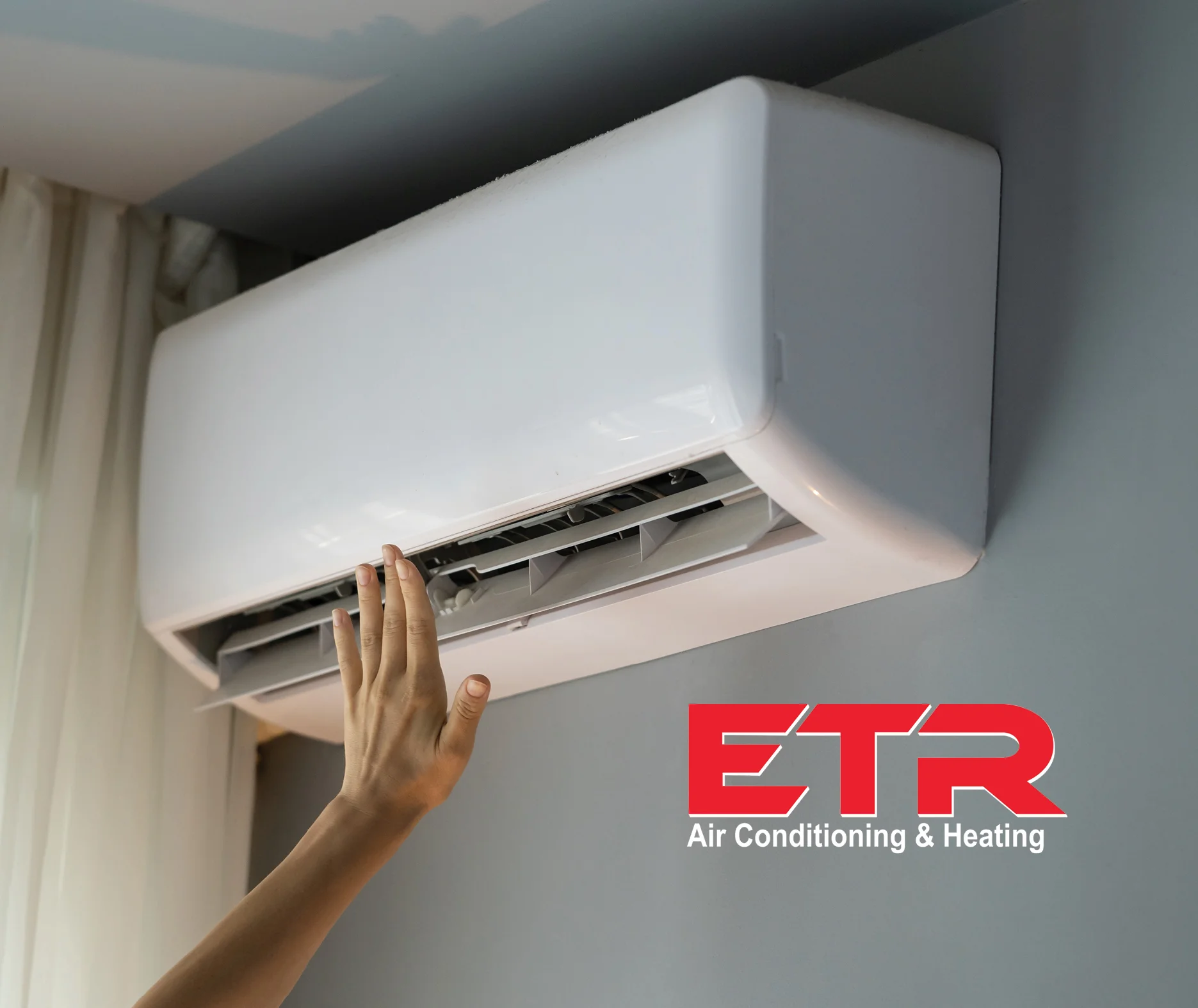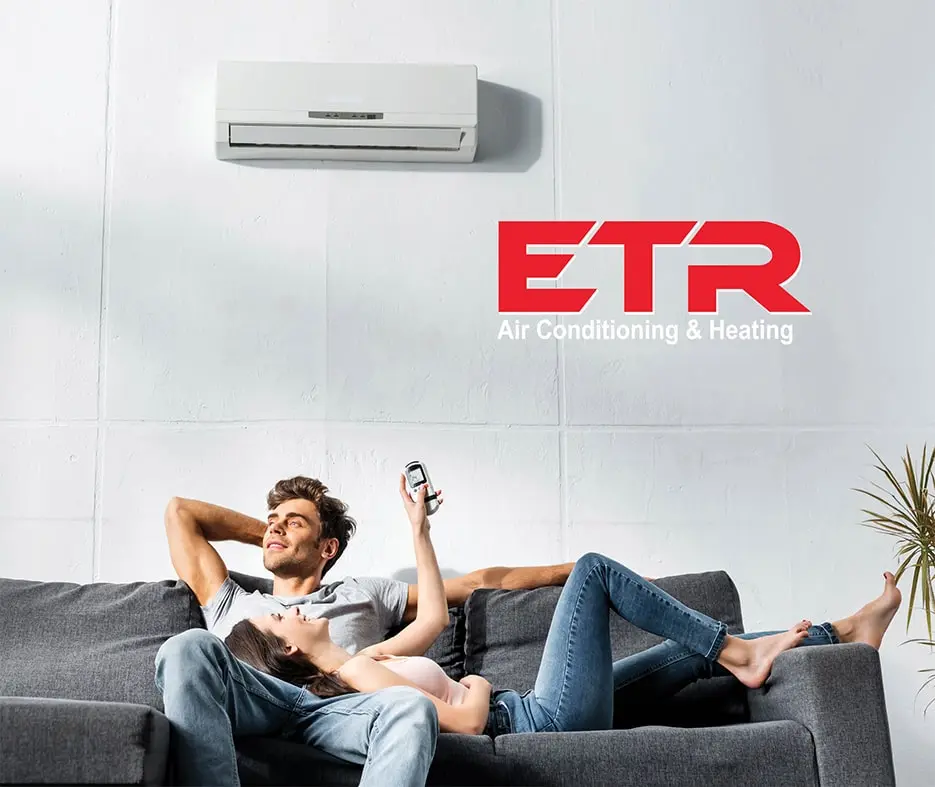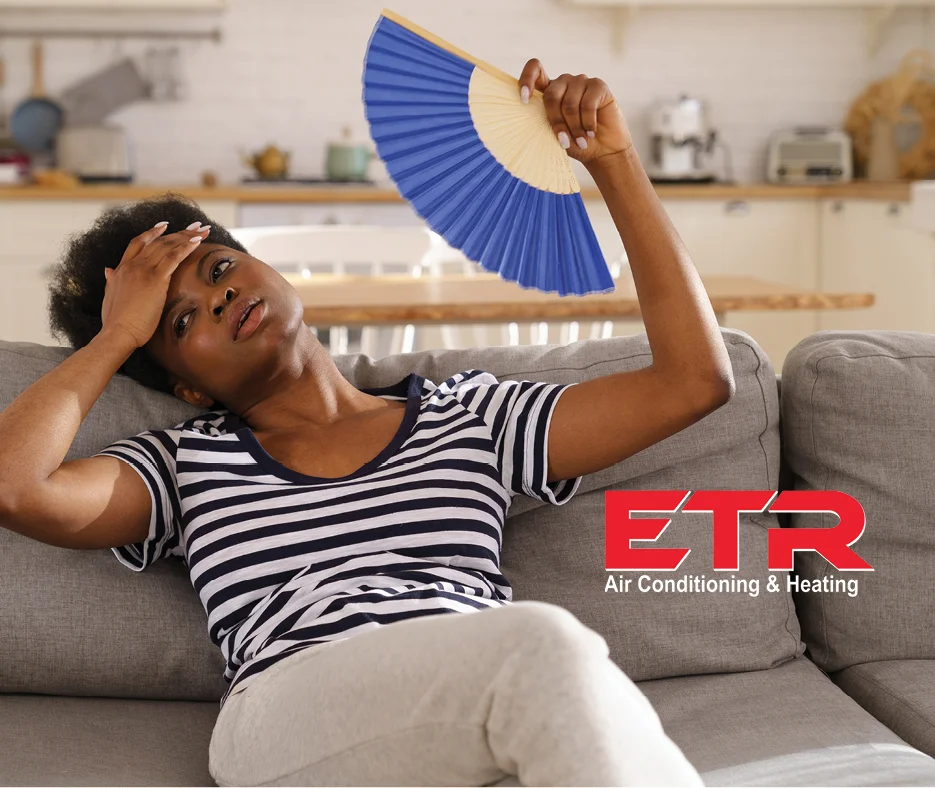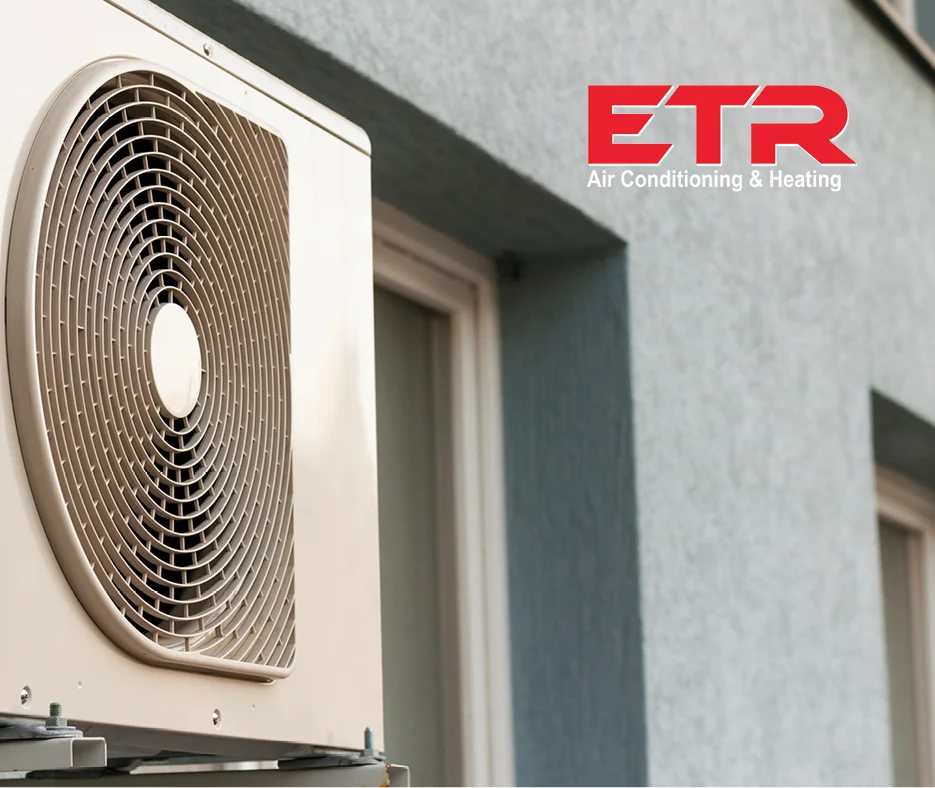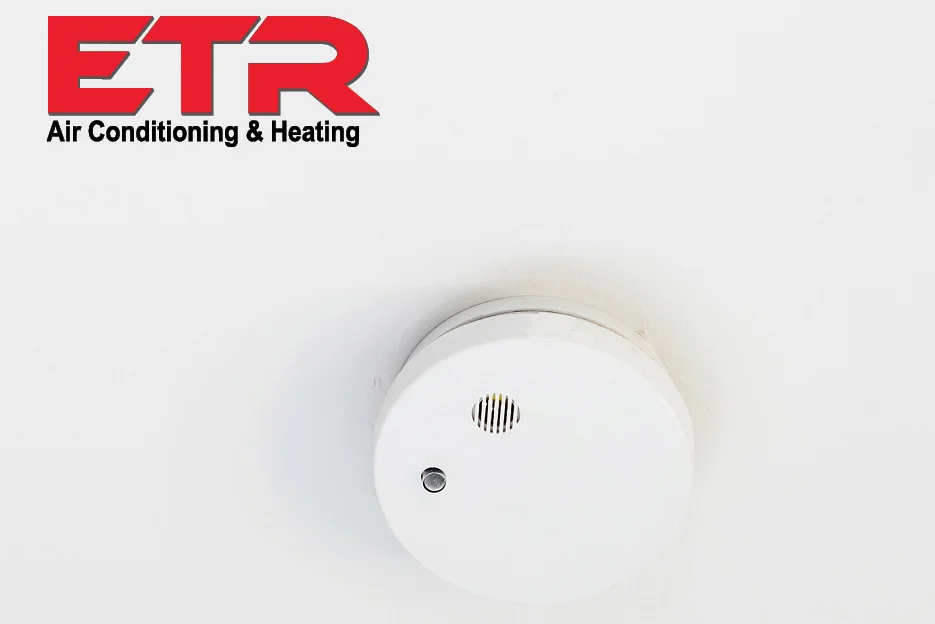
What’s the deal with carbon monoxide? We know we’re supposed to be worried about carbon monoxide, but what does that have to do with your HVAC system?
ETR in Tyler, Texas, knows that the dangers of carbon monoxide can be confusing—especially what you need to know when it comes to your HVAC system, furnace, and air conditioner.
Carbon monoxide is odorless and colorless, making it very difficult to detect. This is also why it’s such a silent killer—people are unconscious before they realize there’s a leak. Immediate signs of carbon monoxide poisoning are shortness of breath, dizziness, headache, and feeling weak. If you’ve been exposed for a longer time, you might experience confusion, vomiting, blurred vision, and loss of consciousness. At this point, your exposure to carbon monoxide could be dangerous and even fatal to your life.
If you or someone in your home or business has these symptoms, leave the building and seek medical attention. From there, call in the professionals to make sure the building is safe to enter again, and then determine where the leak is coming from.
Protecting your home and business from the dangers of carbon monoxide leaks is of absolute importance to the health and safety of your family members, employees, and customers.
Most homes and businesses are required to have at least one carbon monoxide detector on the premises, but that doesn’t mean they’re present or working.
If you live in a rental home, did you make sure it’s equipped with carbon monoxide detectors? What about your business?
When it comes to what to know about carbon monoxide and your HVAC system, an excellent place to start is making sure you have carbon monoxide detectors and that they’re working.
Check and replace the batteries regularly.
How old are your carbon monoxide detectors? Do you feel a sense of security when you leave your home or at night that they will function to keep you safe? If they’re older, it might be a good idea to replace them with a newer, more efficient version.
If you’re worried that your air conditioner might be a cause for concern with carbon monoxide emissions, you can put those worries aside. Your AC does not burn fuel, which is what would create dangerous carbon monoxide.
However, your heating units—furnace, gas stove, etc.—are important to be aware of and careful with.
This is especially true if you have an older furnace that might be more liable to leak. Older furnaces, because of the wear and tear of time and use, can become worn in certain areas, which would then cause a leak.
Other places of concern to keep an eye out for are a cracked heat exchanger in a gas furnace, a bad component, a combustion chamber with cracks, furnaces and boilers with leaking seams, a pilot light that goes out often, and more.
One potential trouble spot for a carbon monoxide leak that isn’t often considered is a gas grill. While they’re almost always outside, in bad weather, people sometimes bring them inside the garage. It’s possible a leak from the garage could impact your home, so make sure you check your propane grill if it’s placed indoors.
The short and long-term answer for what you should know in terms of carbon monoxide and your HVAC system is maintenance. Making sure you schedule regular HVAC maintenance, as well as seasonal maintenance checks for your heating system, is the best way to ensure you’re protecting your house and business from this difficult-to-detect danger.
Maintenance is preventative. Having an experienced HVAC technician examine and possibly change your furnace filters, clean the ductwork, and check your heating system with state-of-the-art diagnostic equipment gives you security and peace of mind that you and the people around you are safe from carbon monoxide poisoning.
Many people don’t realize it, but your furnace filter should be checked and, if necessary, changed every 1-3 months, depending on the model and age of your furnace.
Regularly scheduled maintenance does more than check for wear and tear that might cause a dangerous leak in your heating system. Regularly inspecting your HVAC unit helps ensure you catch problems before they become big, expensive issues. The cost of a routine check could save you hundreds or thousands down the line.
If you have an older furnace or heating unit, it’s important to pay particular attention to how it’s working. If you see signs it’s starting to deteriorate, or there’s moisture building up anywhere, it’s time to have it inspected to determine if a new unit is necessary for safety reasons. In this case, it’s definitely better to be safe than sorry.
Contact your local East Texas HVAC company today and schedule a maintenance check for your HVAC unit. Especially as the weather fluctuates between hot and cold, it’s important to know your AC and heaters are in proper working order.


